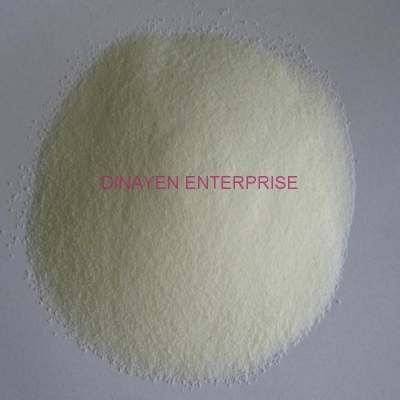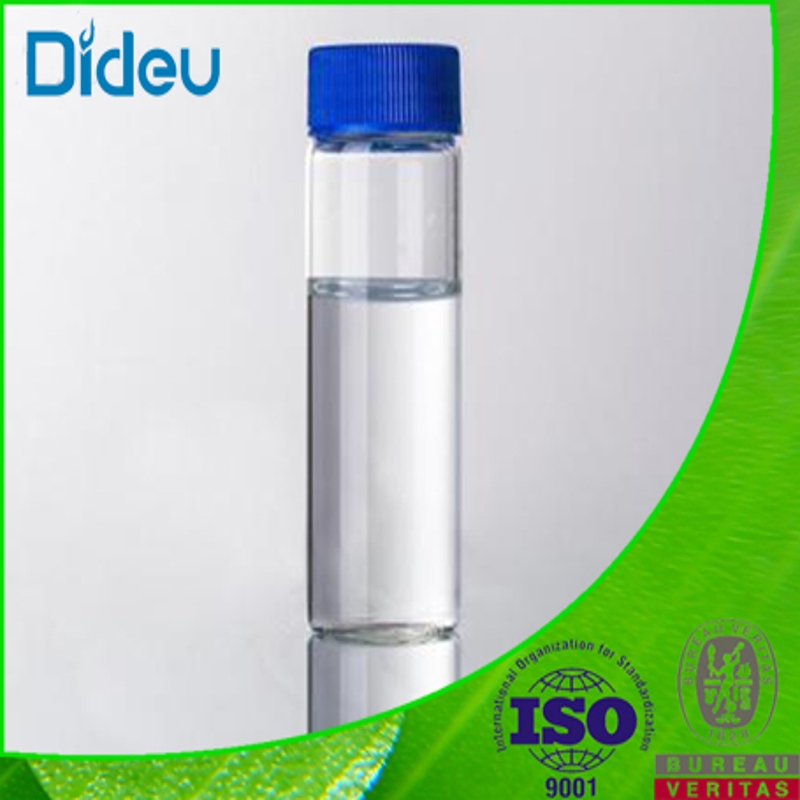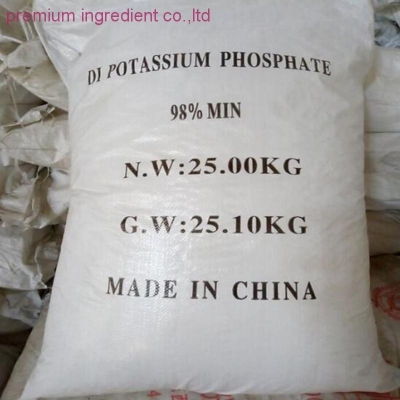What kinds of emulsifiers are there
-
Last Update: 2018-04-24
-
Source: Internet
-
Author: User
Search more information of high quality chemicals, good prices and reliable suppliers, visit
www.echemi.com
Introduction: emulsifier can be used in many places now It has many functions In the food industry, it can also extend the storage time of food What kinds of emulsifier are there? Is it harmful to eat emulsifier? Let's give you a detailed introduction Emulsifiers can be divided into natural products and synthetic products According to the properties of emulsion system formed in two phases, it can be divided into two types: oil in water (O / W) and water in oil (w / O) The most commonly used index to evaluate the emulsification performance is the hydrophilic lipophilic equilibrium (HLB) Low HLB value indicates strong lipophilicity of emulsifier and easy formation of W / O type system; high HLB value indicates strong hydrophilicity and easy formation of O / W type system Therefore, the HLB value has certain additivity By using this characteristic, the emulsion with different HLB values can be prepared What kinds of emulsifiers are there? According to the small edition of safety net, there are two parts of emulsifier: hydrophilic and lipophilic According to the characteristics of their hydrophilic parts, they can be divided into three types 1 Anionic emulsifier is an emulsifier which ionizes in water to form anionic hydrophilic groups with alkyl or aryl groups, such as carboxylates, sulfates and sulfonates This kind of emulsifier is most commonly used and has the largest output Common commodities include soap, sodium stearate, sodium dodecyl sulfate and calcium dodecylbenzene sulfonate (structural formula is as follows) Anionic emulsifiers are required to be used in alkaline or neutral conditions, not in acidic conditions When using multiple emulsifiers to prepare emulsion, the negative ion emulsifier can be mixed with each other, and can also be mixed with non ionic emulsifier Anionic and cationic emulsifiers can not be used in one emulsion at the same time If they are mixed, the stability of the emulsion will be destroyed 2 The positive ion emulsifier is a positive ion hydrophilic group with alkyl or aryl group formed by ionization in water This kind of emulsifier has few varieties It is all derivatives of amine, such as n-dodecyl dimethylamine, which can be used in polymerization 3 Nonionic emulsifier is a new type of emulsifier, which is characterized by nonionization in water Its hydrophilic part is a variety of polar groups, commonly Polyoxyethylene Ethers and polyoxypropylene ethers Its lipophilic part (alkyl or aryl) is directly bonded with oxyethylene ether Typical products are p-octylphenol polyoxyethylene ether (structural formula is as follows) The oxygen atom in the polyether chain of nonionic emulsifier can form hydrogen bond association with water, so it can be dissolved in water It can be used not only in acid condition, but also in alkaline condition, and has good emulsification effect It is widely used in the production of chemical industry, textile, pesticide, petroleum and latex Is it harmful to eat emulsifier? Although a lot of food we eat contains emulsifier, and it is also in the national standard, but there are also bad businesses that overuse the emulsifier in food, which is harmful to human body For our health, we must pay more attention to understand the little knowledge of food additives So that we can know more about the emulsifier problem You can also check whether the emulsifier content in food exceeds the standard and whether it is harmful to human body through the food safety detector Editor in charge: he xianrob
This article is an English version of an article which is originally in the Chinese language on echemi.com and is provided for information purposes only.
This website makes no representation or warranty of any kind, either expressed or implied, as to the accuracy, completeness ownership or reliability of
the article or any translations thereof. If you have any concerns or complaints relating to the article, please send an email, providing a detailed
description of the concern or complaint, to
service@echemi.com. A staff member will contact you within 5 working days. Once verified, infringing content
will be removed immediately.







